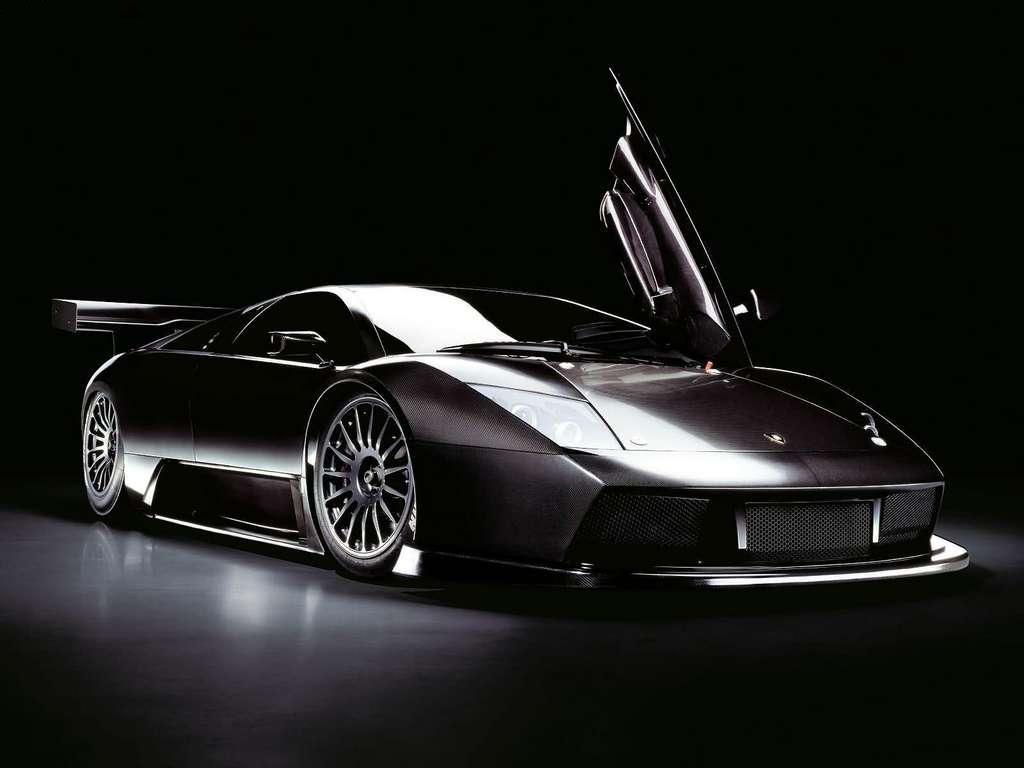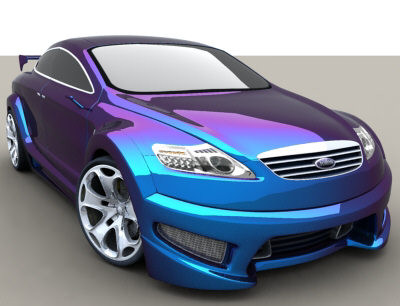
Euro NCAP has released its latest crash test results, including the data sheet for the first Chinese vehicle it has ever tested, the Landwind CV9. Although the Chinese maker claims it has revamped the car to meet "the strictest European safety standards", the mid-sized MPV only managed a two star rating. However, Euro NCAP noted that the CV9 came close to meeting the three star threshold for adult protection, so there's still hope for the Chinese maker.
Dr. Michiel van Ratingen, Euro NCAP's Secretary General, commented:
"It is clear that vehicles from China, India and other emerging countries will in the next few years become commonplace on European roads. Euro NCAP will ensure that consumers know what levels of safety are offered by these vehicles. By highlighting differences in safety performance, we aim to drive the safety of all cars towards and beyond the high levels we see from more well established manufacturers. We are confident that Landwind and others will rise to this challenge".
This is not Lanwind's first foray into the European market. In 2005 they tried to attract buyers with the X6 SUV, based on Isuzu Rodeo/Opel Frontera underpinnings, but failed miserably after ADAC conducted a crash test and rated it with zero stars.
The MPV fared better, but it's still considered to be poorly equipped. Euro NCAP pointed out that side airbags, increased head protection and electronic stability control would have helped it achieve a better score. The test vehicles were early examples of Euro-spec models, as Lanwind plans to officially launch the CV9 in early 2011.
You can read the official Euro NCAP assessment below.
By Csaba Daradics
Adult occupant
Inspection of the vehicle after the frontal impact, and examination of its performance during the test itself, revealed that structures surrounding the passenger compartment were at the limit of their load-bearing capacity. As a result, the passenger compartment was deemed to be unstable as an impact at a higher speed was expected to lead to significantly greater collapse. Protection of the driver's chest was rated as marginal. Dummy readings indicated good protection of the front seat occupants' knees and femurs. However, structures in the dashboard presented a risk of injury to occupants of different sizes and to those sat in different positions, and protection was rated as marginal. The steering rack was pushed rearwards during the frontal test, heavily distorting the driver's footwell and tearing the metal. This represented a risk of injury to the driver's feet and ankles and the car was penalised. The CV9 has no side protection airbags and, in the side barrier test, protection of the chest area was rated as weak and that of the abdomen as marginal. In that test, three doors were seen to have opened during the impact. Landwind have attributed this to weak springs in the door latches and intend to fit stiffer springs to try to overcome the problem in future vehicles. As the car has no head protection device, no side pole test was performed. The seats supplied for whiplash tests were not consistent with the ones in the test vehicles. As the seats in the test cars were damaged from the full scale tests, no valid assessment could be made of the whiplash protection offered by the CV9.
Child occupant
In the frontal impact, forward movement of the head of the 3 year dummy, sat in a forward facing restraint, exceeded recommended limits. However, in the side barrier test, both the 3 year and the 18 month dummies were properly contained within the protective shells of their restraints. The passenger airbag cannot be disabled to allow a rearward facing restraint to be used in that seating position and the label warning of the dangers of doing so was unclear and not permanently attached. Markings on the restraints of both dummies were not permanently attached and points were lost.
Pedestrian
The protection offered by the bumper to pedestrians' legs was good in places and poor in others. The front edge of the bonnet offered poor protection and scored no points in Euro NCAP's tests. Tests in some areas at the centre of the bonnet indicated good protection for a child's head but was poor elsewhere. The protection offered to the head of a struck adult was also predominantly poor.
Safety assist
A seatbelt reminder system is standard equipment for the driver and front passenger seats. Electronic stability control is not currently available on the CV9.
_______________________________VIDEO_______________________________
_______________________________________________________________________
_______________________________GALLERY_______________________________














